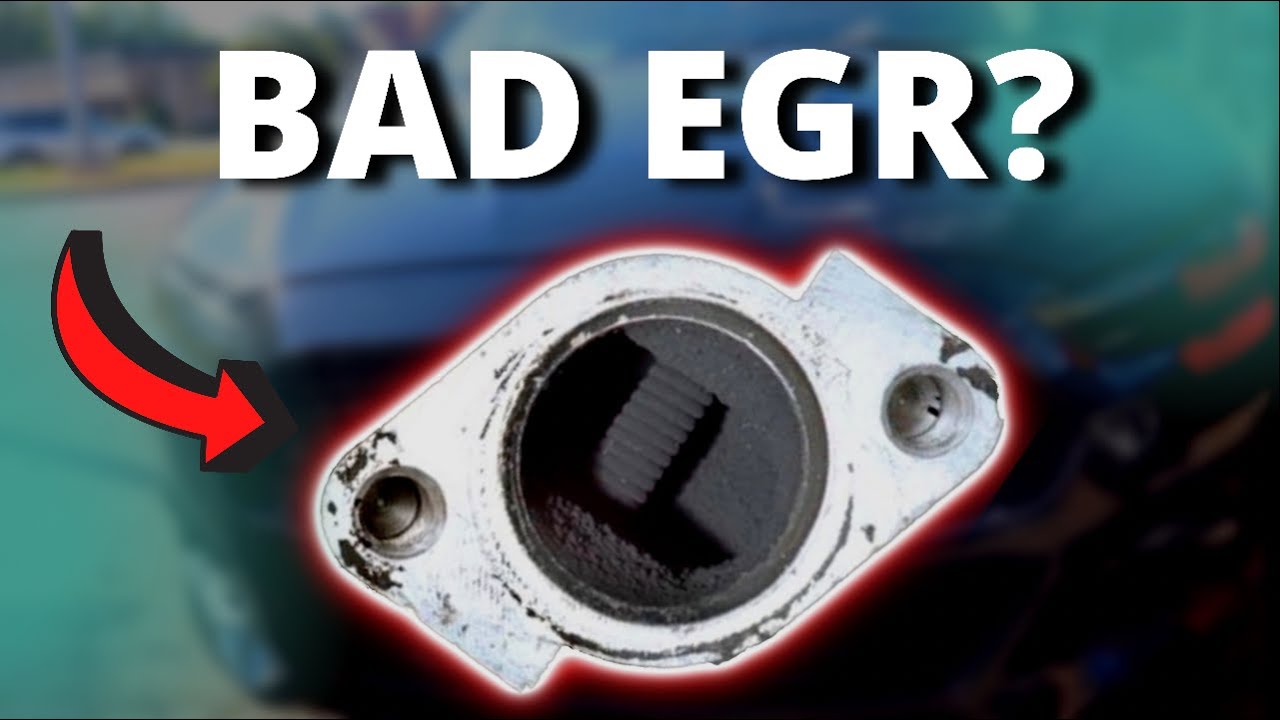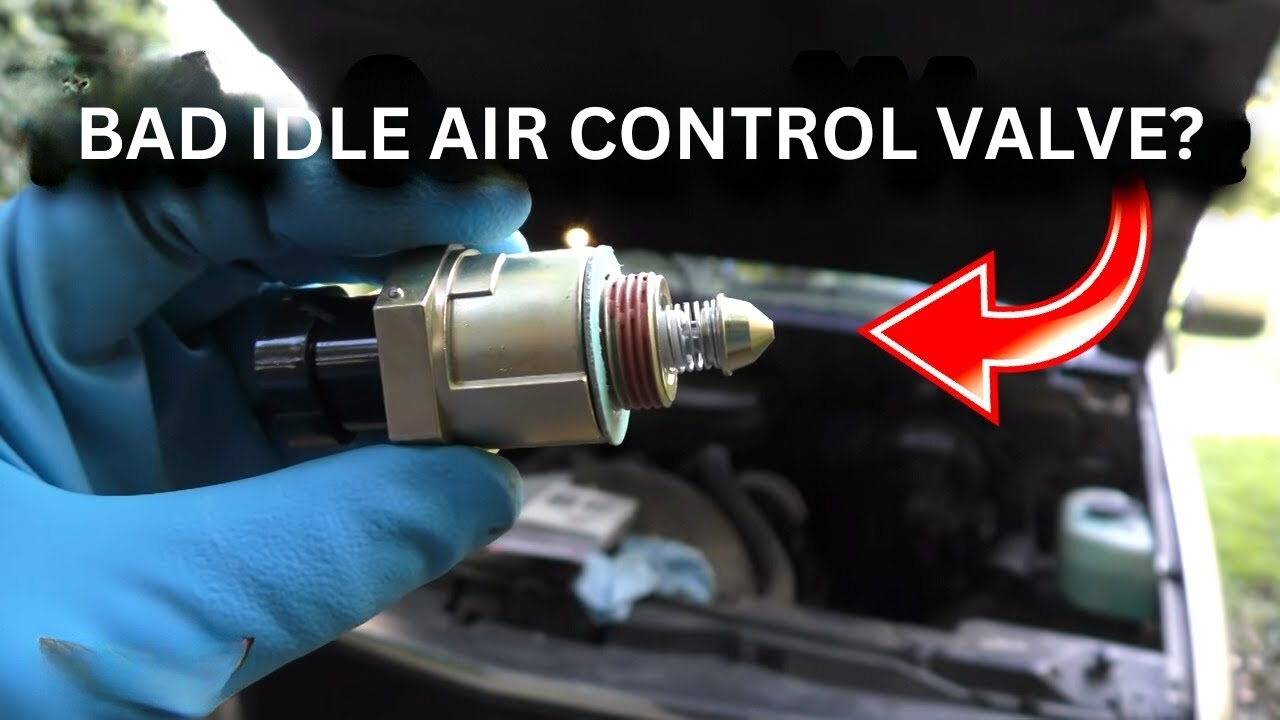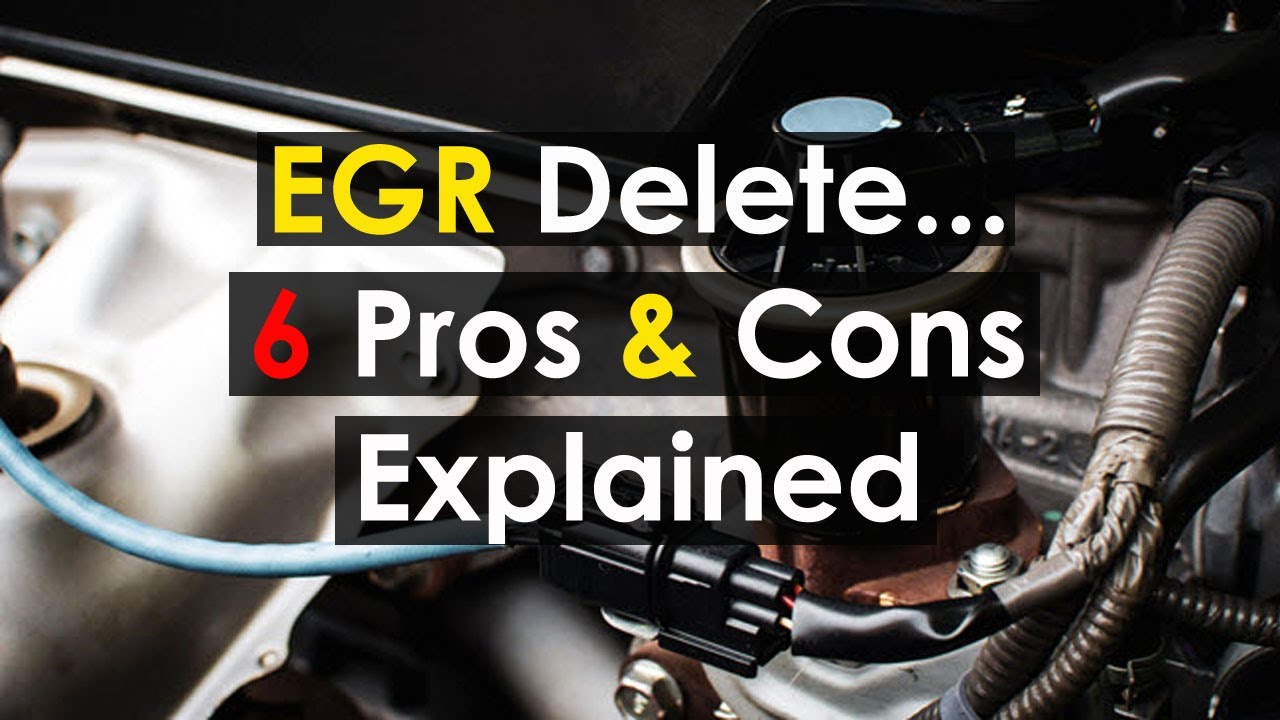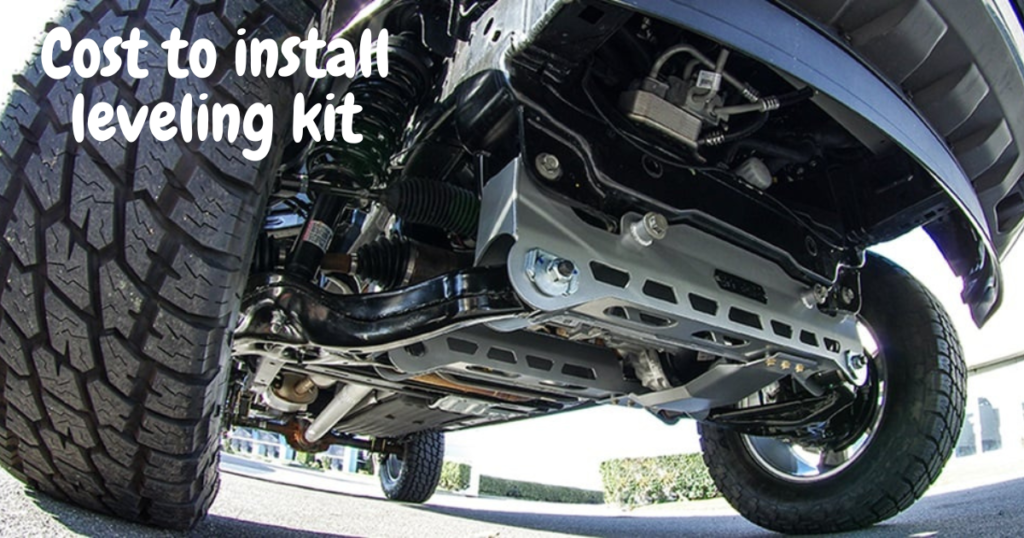Modern cars are amazing pieces of engineering. They are made up of complicated systems and machines that work together to find the best balance between efficiency, performance, and being good to the environment. Even though some car fans don’t like it when you talk about emissions control, the fact is that devices like the catalytic converter make our cars better.
The EGR valve might be the least-talked-about part of a car’s emissions control system since almost no one ever talks about it. So, this is what we’ll talk about in this guide.
Continue reading to discover everything you need to know about faulty EGR valves, including how to avoid them and how to fix them quickly. Let’s get started.
What’s the Job of an EGR valve?
EGR stands for “exhaust gas recirculation,” and the only thing the EGR valve does is send a small amount of the exhaust gas back into the combustion chamber. This seems strange at first, but if you look deeper, you’ll see how interesting it really is.
In short, putting the exhaust gases back into the engine cylinder lowers the temperature in the combustion chamber. This lowers the number of nitrogen oxides that are made and then released into the air.
This is very important for controlling emissions because nitrogen oxides are even worse than carbon monoxide as a pollutant and are made by internal combustion engines. That’s what EGR valves are mostly used for.
The second job is to stop the engine from knocking.
As you might have guessed, if the EGR valve breaks, your car won’t run right, and you’ll have many problems, which we’ll discuss in this guide.
Bad EGR Valve Symptoms
There are a few telltale signs that an EGR valve is broken. Adding to the confusion, a lot of these signs are also signs of other problems, so it’s important to think about everything before deciding it’s the EGR valve.
Here are some of the most common signs, what they might look like, and how they might affect your car’s driving.
Idling Roughly
Your EGR valve might be stuck open if your car’s idle is jerky and hesitant. When this occurs, the valve pumps an excessively large amount of exhaust gases back into the combustion chamber.
Because of this, your engine’s volumetric efficiency will go down, which means that the mixture of air and fuel won’t burn all the way.
Increased fuel consumption
If the EGR valve is stuck open, the combustion inside the cylinder of your engine won’t be complete, and the mixture of air and fuel won’t burn well. This means that when you drive, you will use more gas.
You might have to go to the gas station more often than usual. You can also use the MPG monitoring system in your car to see if you’re using more gas.
No matter how good or bad your fuel efficiency is in general, it is important to check your fuel use again.
Smelling Unburnt Fuel
When your EGR valves are stuck open, your engine usually gets more fuel than it needs, which makes it run too rich. This, along with the fact that the engine is reusing too much exhaust gas, means that a lot of fuel will not be burned.
This will make the tailpipe release more hydrocarbons, so much so that your car might smell like unburned gasoline. This is, of course, very bad for your health.
It’s important to remember that the smell of fuel can also mean that there’s a leak of some kind, which you’ll want to check out and fix as soon as possible to avoid costly damage.
Knocking Engine
If the EGR valve stays closed, either because it is stuck or because it just doesn’t open when it should, the engine will knock. This happens because the mixture in the combustion chamber will start to burn sooner without the exhaust gases to help cool it down.
Knocking can also indicate other major problems, but it can also be caused by something as simple as bad fuel.
Check engine light flashes.
Most of the time, faulty EGR sensors will set off the CEL. If you have a scan tool, you can check the codes yourself. If not, most local service centers can run a scan for you.
How to Clean or Change an EGR Valve
If you think that your EGR valve is broken, you can either clean it or get a new one.
Most likely, your EGR valve isn’t working because carbon, soot, or dirt has built up on it, making it stuck open or closed. Most of the time, the problem can be fixed by just cleaning.
But if the valve is physically broken, it’s better to just replace it. Most people think that an EGR valve will last for 10 years. So, if your valve is about 10 years old or older, it’s time to put in a new one.
Doing things yourself is always cheaper and more fun. But if you’re not good with mechanics or if you’d rather have a trusted service center do the work for you, by all means, hire a professional.
We have some advice for those who do want to do it themselves. If you want to clean or replace an EGR valve, you have to take it out of its place. This is how:
Removing EGR
- Track down the valve. Most of the time, it is attached to the intake manifold.
- Disconnect everything from the valve. There could be vacuum hoses or plugs for electricity. Check the hoses and the connections as well. If they look like they are broken, they should be replaced. This could be why the EGR valve isn’t working.
- Take off all of the bolts that hold the valve in place. Most valves have a few bolts that can be taken off with a wrench or socket. This frees the valve.
- Check the gasket on the EGR valve and replace it if it is damaged.
Cleaning the EGR
Use a cleaner made just for EGR valves to get rid of buildup in a safe and effective way. Use a brush or scraper to remove the buildup after spraying the cleaner.
But sometimes the buildup won’t be so easy to get rid of. If this is the case, you can soak it in the cleaner for a few minutes to move the gunk around, then try to brush it off again. You might have to do this more than once to get the valve clean.
Replacing EGR Valve
Follow the steps for removing the EGR valve, then do the same steps backwards to put it back in.
Just like when you clean the valve, make sure to check for and replace any broken connectors, hoses, or gaskets. Once this is done, tighten the bolts to mount the valve and reconnect any hoses or electrical connections.
Replacing an EGR valve costs between $140 and $380 without labor. This depends on the car.
Thoughts on the End
Now that you know what exhaust gas recirculation is, why it’s important, and what happens when your EGR valve breaks, you’ll be able to figure out what’s wrong as soon as it happens.
The point is to clean your EGR valve on a regular basis so that it doesn’t get so dirty that it stops working. We recommend getting EGR valve cleaners, but carb, brake, and mass airflow sensor cleaners will also work.
Would you rather clean the EGR valve on your car yourself or have a professional do it? Leave a comment below and let us know!




